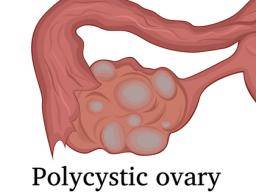Anaemia is probably one of the most common diseases in India inflicting more females than males wherein Haemoglobin levels are lower than the normal range. Approximately 40% of India's female population and 30% of male population are suffering from Anaemia. There are multiple types of Anaemias like
Symptoms of Iron Deficiency Anaemia.
Home Remedies
- Iron deficiency anaemia
- Thalassaemia
- Aplastic anaemia
- Haemolytic anaemia
- Sickle cell anaemia
- Pernicious anaemia
- Fanconi anaemia
Symptoms of Iron Deficiency Anaemia.
- general fatigue.
- weakness.
- pale skin.
- shortness of breath.
- dizziness.
- strange cravings to eat items that aren't food, such as dirt, ice, or clay.
- a tingling or crawling feeling in the legs.
- tongue swelling or soreness, etc.
Diagnosis - A simple blood test can determine Haemoglobin levels.
- Have a glass full of pomegranate juice every day early morning on an empty stomach. For patients suffering from constipation, have 1 tsp of Triphala powder with water prior to drinking the juice.
- Make a glassful soup of Carrot and Beetroot. Add to this 15 ml of Amla juice. Have half a glass after or during lunch and half a glass after or during dinner. Doing this will increase the haemoglobin levels within 15 days.


